Best Earth Images of the Week - Oct. 19, 2012

Embracing the cold
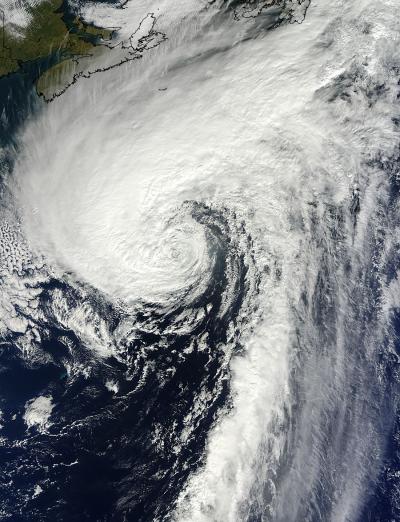
Hurricane Rafael ended its run as a tropical cyclone yesterday (Oct. 18), when it merged with a cold front off the coast of Nova Scotia, an event caught by NASA's Terra satellite.
Rafael became an extra-tropical cyclone the previous day as it moved northward in the Atlantic Ocean. Tropical cyclones (the generic term for hurricanes, tropical storms and typhoons) are fueled by warm tropical ocean waters and moisture-filled warm air that drives the overturning in the atmosphere that create thunderstorms; extra-tropical storms have shifted to become cold systems that are just like the low pressure system that sweep across the mid-latitudes and bring storms with them, a NASA release stated.
[Full Story: Satellite Sees Hurricane Merge With Cold Front]
First steps
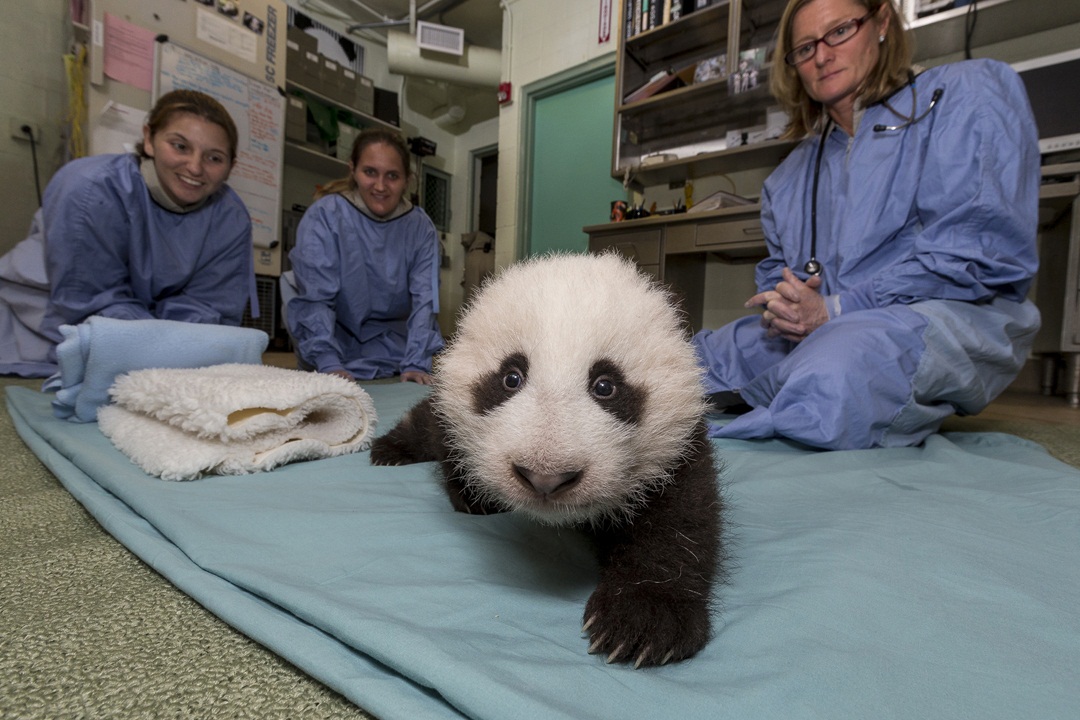
The San Diego Zoo's 11-week-old giant panda cub has arrived at his "awkward toddler stage," taking his first clumsy baby steps, veterinarians at the zoo said.
During a checkup Thursday (Oct. 18), zookeepers took the cub off the exam table and let him test out his wobbly crawling skills on a mat on the floor.
[Full Story: Panda Cub Steps into 'Awkward Toddler Stage']
A hot sight
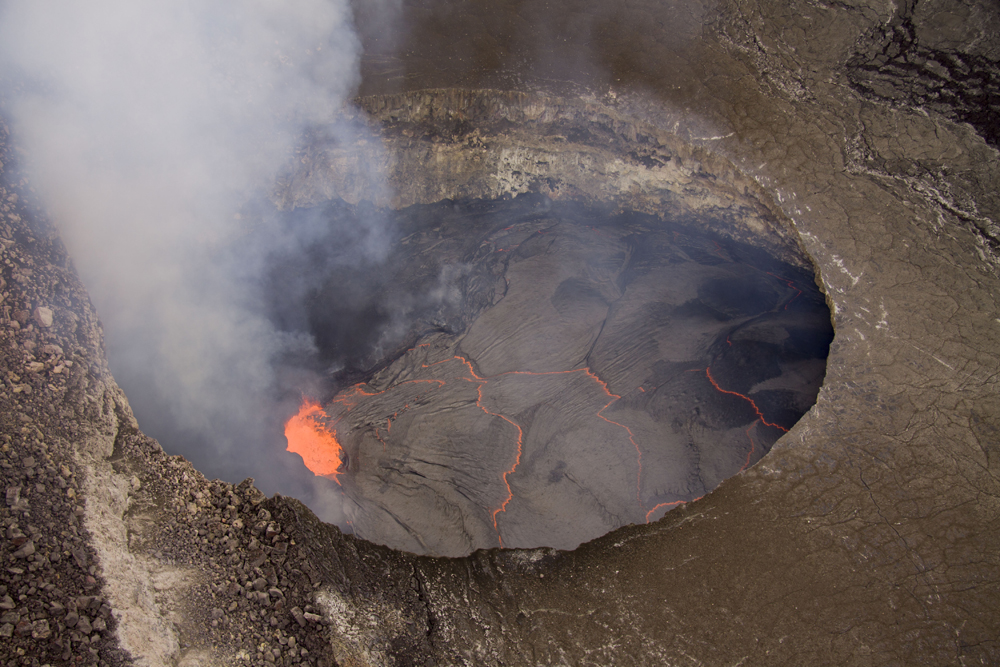
The lava lake at Kilauea's summit reached its highest level in October 2012, 150 to 165 feet (45 to 50 meters) below the floor of Halema'uma'u crater, since the vent started erupting in 2008.
[More Images: Amazing Images from Kilauea's Lava Lake]
Surprsing find
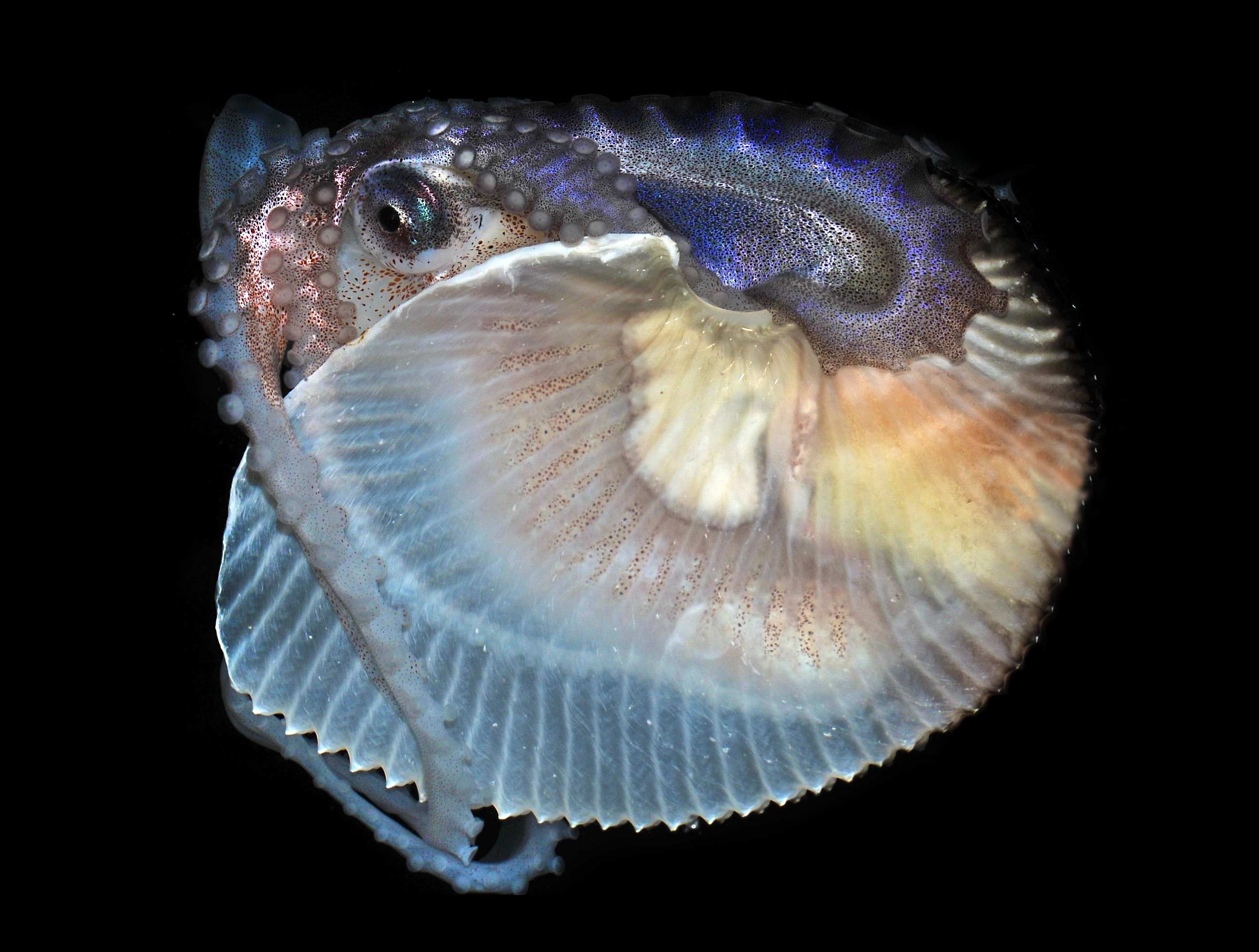
Warm ocean currents off the coast of Southern California delivered a surprise to a couple of squid fishermen this past weekend.
A female argonaut ? an octopus also called a paper nautilus ? turned up in their bait box, The Daily Breeze reported Oct. 16. The men recognized the rare find and turned it over to the Cabrillo Marine Aquarium, said Kiersten Darrow, the aquarium's research curator.
[Full Story: Rare Discovery: Tropical Octopus Caught in Los Angeles]
Legged specimen

An enormous, new, leggy arachnid with a leg span is just over 13 inches (33 centimeters) has been found lurking in the caves of the Southeast Asian nation of Laos.
The creature is a type of harvestmen, a group of arachnids colloquially called "daddy longlegs" and frequently mistaken for spiders. (The two animals are related, as both are types of arachnids.) The species hasn't previously been described, according to a release describing the finding.
[Full Story: Huge, Long-Legged Arachnid Discovered in Cave]
Rising plume
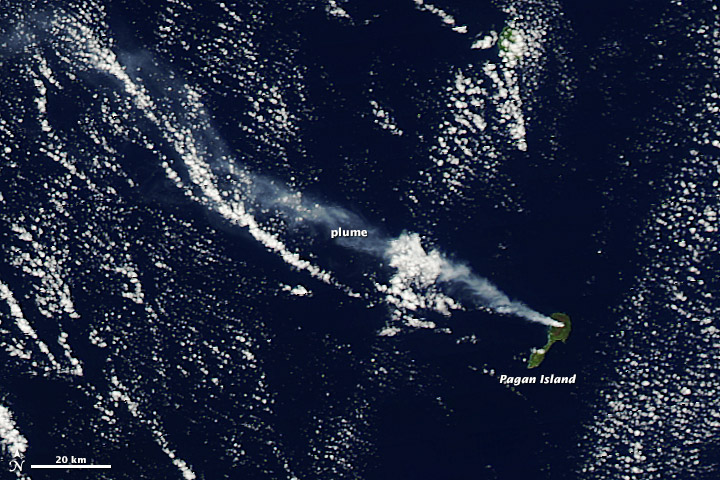
A plume of steam and volcanic gases emanated from the Pagan Island volcano in the northwest Pacific Ocean in this image taken by NASA's Aqua satellite on Oct. 16.
Pagan Island is part of the Mariana Islands archipelago, which lie to the south of Japan and just west of the Mariana Trench, where the deepest spot on Earth is found. The island is one of the largest and one of the most active volcanoes in the archipelago, according to the Smithsonian's Global Volcanism Program.
[Full Story: Satellite Spies Pagan Island Volcano Plume]
Get the world’s most fascinating discoveries delivered straight to your inbox.



